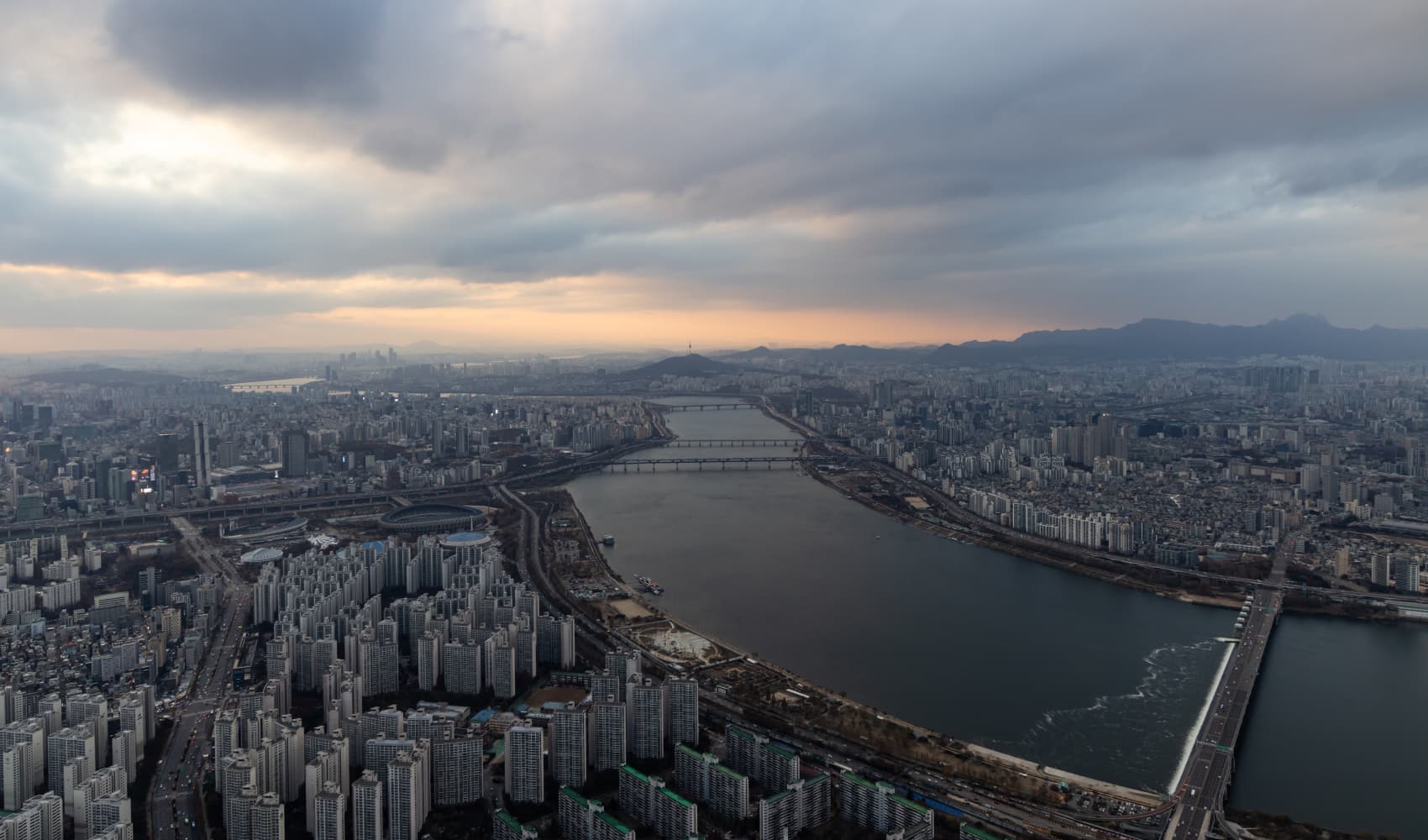
- IQAir analyzed PM2.5 air pollution, fine particles in the air measuring 2.5 microns or smaller in diameter, at air monitoring stations in 6,475 cities in 117 countries, regions and territories.
- According to their testing, not a single country in the world has an air quality that meets the standards set by the World Health Organization
- Three territories met the WHO's air quality standards, however: the U.S. Virgin Islands, New Caledonia and Puerto Rico.
More than 4 million people die each year due to outdoor air pollution, according to the World Health Organization, a leading global network of public health experts.
Air particulates with a diameter of 2.5 microns or smaller can penetrate the lungs and enter the bloodstream, causing damage to the cardiovascular and respiratory system. They can even "provoke" stroke, lung cancer, and chronic obstructive pulmonary disease (COPD), the WHO says.
To avoid these pollutants, the best places to live are islands like New Caledonia, the Virgin Islands and Puerto Rico. The worst? Inland cities in Central and Southern Asia.
Get Boston local news, weather forecasts, lifestyle and entertainment stories to your inbox. Sign up for NBC Boston’s newsletters.
That's according to a Tuesday report from IQAir, a Swiss company that makes air purifiers and clean air monitors. It's also collaborated with the United Nations on a global map showing air quality, among other projects.
For the report, IQAir analyzed fine particles measuring 2.5 microns or smaller in diameter, at its air monitoring stations in 6,475 cities. The measurements came exclusively from air monitors on the ground, not via satellite, as is sometimes done. Only only 13 out of 54 countries in Africa have sufficient public air quality monitoring data to be qualitatively ranked, and some countries in the Latin America and Caribbean regions didn't have sufficient ground level air quality data to be measured, either.
Of the cities measured, the ones with cleanest air are Noumea, New Caledonia; Charlotte Amalie, U.S. Virgin Islands; San Juan, Puerto Rico; Canberra, Australia; and Saint George's, Grenada.
Money Report
The top five countries or territories, ranked by annual average of fine particulate concentration weighted by population, are the U.S. Virgin Islands, New Caledonia, Puerto Rico, Cape Verde and Saba.
The worst cities measured were New Delhi, India (for the second consecutive year); followed by Dhaka, Bangladesh; N'Djamena, Chad; Dushanbe, Tajikistan; and Muscat, Oman. These are ranked by the average annual concentration of the fine particulates with a diameter of 2.5 microns.
The worst countries are Bangladesh, Chad, Pakistan, Tajikistan and India.
In the United States, the most polluted major city is Los Angeles, even as the level of PM2.5 pollution in Los Angeles decreased 6% in 2021 compared to the year prior, the report said.
While Los Angeles and Miami improved their air quality measurements last year, Atlanta and Minneapolis saw significant increases in pollution, the report found.
Air pollution in the U.S. comes from widespread wildfires and from the economy opening up a bit after the Covid-19 pandemic.
Here's a map of the results, with countries that did not have sufficient air quality data marked in gray.
"This report is a wakeup call, revealing how people worldwide are denied access to clean air," Avinash Chanchal, the campaign manager for Greenpeace in India, said in a written statement released alongside the report.
Air pollution is generated by burning fuels including coal, oil and fossil gas and agricultural activities, Chanchal said. Renewable, clean power and quality public transportation will both help cleaning up the air.
"Solutions to air pollution are also solutions to the climate crisis," Chanchal said. "Breathing clean air should be a basic human right, not a privilege."
In 2021, the WHO cut its guidance for the recommended levels of fine particular matter in the air. Before 2021, the WHO used to say the acceptable levels of air pollution was 10 micrograms of gaseous pollutant per cubic meter of ambient air, or 10 µg/m3. Now, it recommends 5 µg/m3.






